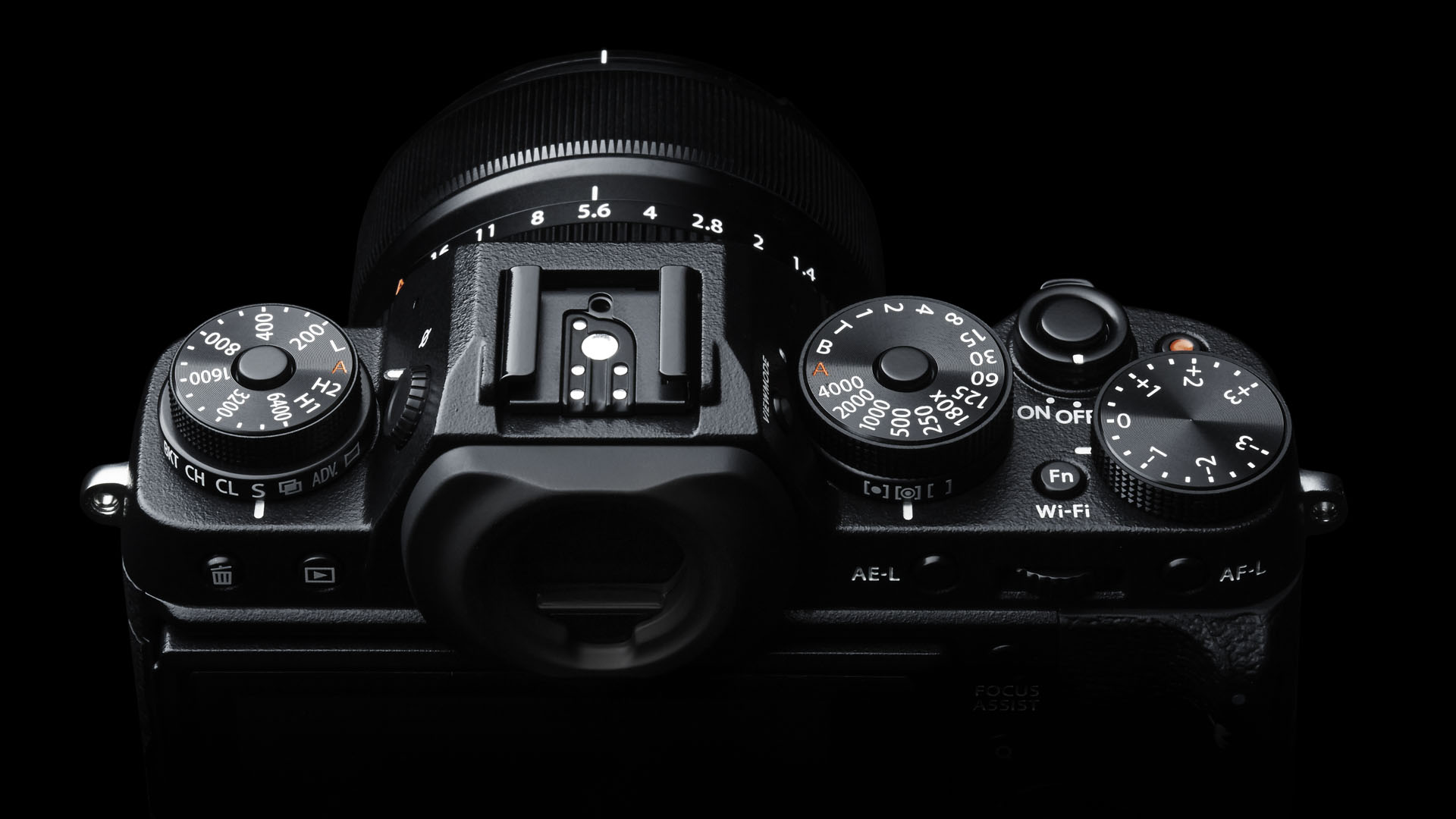Why you can trust TechRadar
As the XT-1 uses the same sensor and processor as the X-E2, we had pretty high hopes for this camera, given that the X-E2 was one of our favourites of last year.
True to expectations, the X-T1 has put in an excellent performance. Images are full of detail, especially at the lower end of the sensitivity run. The lack of anti-aliasing filter helps to facilitate this level of detail, and happily it doesn't bring with it moire patterning, thanks to the design of the sensor.
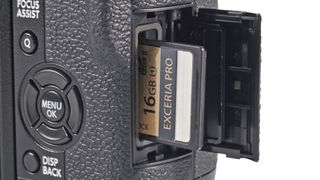
Colours are reproduced beautifully. Fuji's film simulation modes are useful for changing the look of your images. Shooting in Provia mode is generally recommended for everyday shooting, but if you want to boost the saturation and contrast a touch for deeper colours, switching to Velvia is also a good choice. If you need tones to be a little more neutral, Astia is useful. It's also nice to use the Monochrome modes – shooting in raw format means you have a colour version of the image should you need it later down the line.
The Classic Chrome rendition is a welcome addition, producing images with an attractive color and tonal rendition.
The camera's all-purpose metering mode occasionally has the tendency to underexpose slightly, so you need to dial in some positive exposure compensation to get a more balanced image. We found that JPEG images also tend to have quite a limited dynamic range, meaning that highlights can be a little blown out at times although the contrast straight from the camera is generally good. This is the kind of camera which is aimed at experienced enthusiasts, so it's likely that kind of user will be working with raw files in post-production to rectify these problems.
There is a dynamic range expansion mode, however, which can be applied in fixed values or set to automatic. It uses extra ISO 'headroom' (up to 2EV), and it's very effective. You can also reduce the highlight and shadow contrast settings to bring back even more detail.
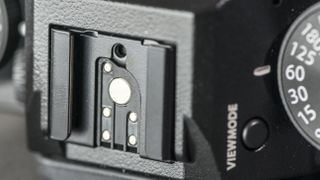
Generally, the X-T1's automatic white balance system is very impressive, helping the camera to produce very accurate colours, even under artificial lighting conditions. We tested the camera in Chinatown, London, where lots of neon lights and unusual colours were a good test for colour accuracy, and we were very pleased with the results (see the sample images page to take a look).
We found that out of focus areas of JPEG images taken with the X-E2 could be a little painterly when viewed at 100% – probably as a result of the camera attempting to sharpen areas that shouldn't be sharp. Thankfully, we've struggled to find evidence of this happening with the X-T1 JPEG images, so perhaps Fuji has tweaked an algorithm to reduce this problem. As such it doesn't worry us too much.
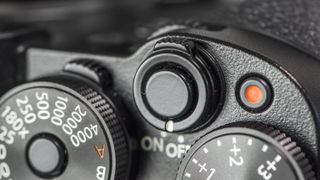
Out-of-focus areas are rendered beautifully, with some lovely bokeh on display. We were using the 23mm f/1.4 lens for the majority of this test, which is a delightful lens, providing a 34.5mm field of view (35mm equivalent), so it's a great classic focal length. Fuji produces some excellent prime lenses, and we also used the 60mm f/2.8 macro optic. We have used the 18-55mm f/2.8-4 "kit" lens with the X-E2 before, which is a good choice for a more versatile lens.
At the time of its release, Fuji claimed that the XT-1 offered the world's quickest autofocusing speeds for cameras with an APS-C sized sensor. That accolade has since been claimed by the Sony A6000, but focusing speeds are still quick – especially in good light.
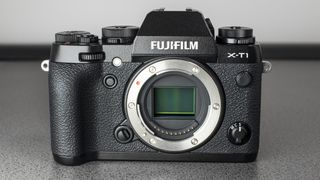
Focusing speeds drop in lower light conditions, and if you're taking pictures of something which is likely to change position between shots – such as a person – in lower light conditions, the camera can be quite slow to refocus. In this case, switching to continuous autofocusing mode is a good option as it performs a little better in low light.
We don't think that this camera is as fast to focus as DSLR when shooting through the viewfinder, but it is certainly faster than a DSLR shooting in live view mode, something which this camera is essentially always doing.
Speaking of lower light conditions, noise in images is very well controlled at higher sensitivity settings. At ISO 800, noise is virtually non-existent. There is some small degree of image smoothing in JPEG files, but on the whole, detail is retained very well. Examining images shot at ISO 1600 reveals more noise is present, but it's not problematic at normal printing and web sizes.
Current page: Performance
Prev Page Build quality and handling Next Page Image quality and resolutionThe TechRadar hive mind. The Megazord. The Voltron. When our powers combine, we become 'TECHRADAR STAFF'. You'll usually see this author name when the entire team has collaborated on a project or an article, whether that's a run-down ranking of our favorite Marvel films, or a round-up of all the coolest things we've collectively seen at annual tech shows like CES and MWC. We are one.
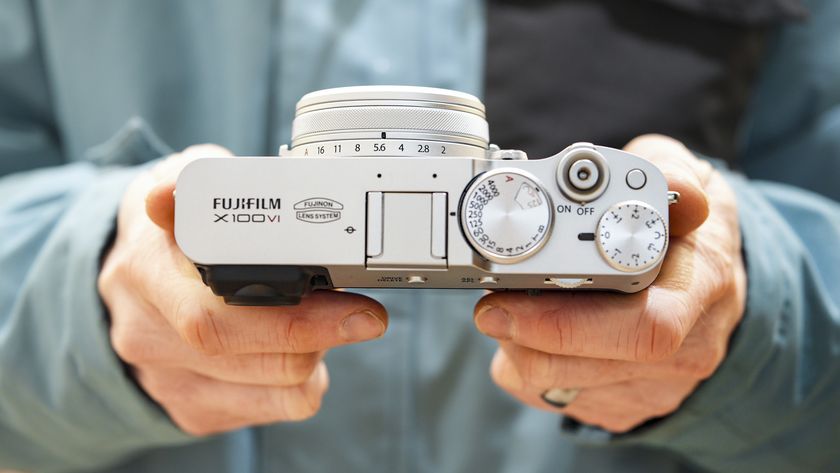
I review all the best camera phones, but I think Samsung and Apple should just copy the Fujifilm X100VI already

I tried Microsoft Copilot's iOS app, and here are 3 reasons why you should too

SpaceX and Apple reported spat could spell bad news for Starlink and your iPhone’s satellite communication features
